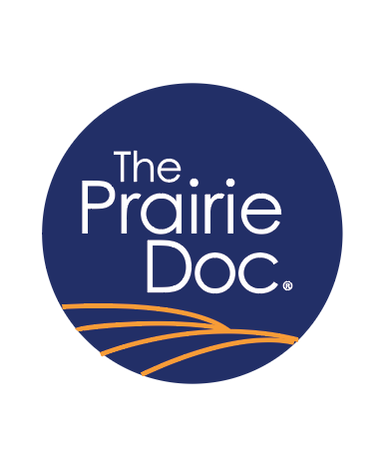|
by Richard P. Holm MD
Mr. D, a diabetic patient of mine, came into the clinic with exercise induced leg pain. He told me that lately he could only walk about three blocks before the pain would come on, but it would go away if he stopped. He then told me that last week it came on after two blocks, and yesterday he could only go one. He said: “Now the pain is meaner and lasts longer.” With the diagnosis of claudication, a condition of blocked arterial flow to the right leg, I called the vascular specialist and we set up an appointment. Two weeks later the patient came into the office having had his blocked arteries fixed with a balloon and stents and he told me he could walk for miles again. Narrowing of the arteries that feed the heart, brain, kidneys, and extremities can happen gradually, or can trigger a clot and a sudden complete blockage. This can occur in coronary arteries of the heart, cerebral arteries of the brain, renal arteries of the kidneys, or peripheral arteries of the legs. The narrowing process, called atherosclerosis, can result from things like diabetes, smoking, high blood pressure, abnormally high blood lipids, and even normal aging; In general, when it happens in any one of these organs, it happens to all of them. Narrowing of blood flow deprives muscles, organs, and all living material downstream, of oxygen. When such tissue, which is networked with nerves, misses some of their blood flow, there follows an aching, anguishing, and agonizing hurt that would bring anyone to their knees. The classic example is heart pain, or “angina pectoris”, a condition that occurs due to narrowed coronary arteries, is triggered by exertion, and is relieved with rest. Another is leg pain, or “claudication”, which occurs when the arteries that feed the muscles and tissues of the legs become narrow and restrict blood flow. This is what was happening with Mr. D and is called peripheral artery disease, or “PAD”. PAD affects five percent of all people over 50, but affects more than 30 percent of all diabetics in the same age group. Since diabetics often lose feeling in their legs and feet over time due to nerve destruction from elevated sugars, they may have PAD without pain and the presenting symptom can be in the form of painless sores on the feet that are very difficult to heal. This kind of presentation of PAD is treacherous because, without good blood flow, the healing process just doesn’t want to happen. What is more, a patient who is not experiencing pain is often not very motivated to do the work required to protect his or her feet so ulcers can heal. Mr. D did very well with new blood flow to his legs, especially with his renewed ability to walk further, which allowed for tighter control of his diabetes. Comments are closed.
|
Archives
July 2024
Categories |
 RSS Feed
RSS Feed


